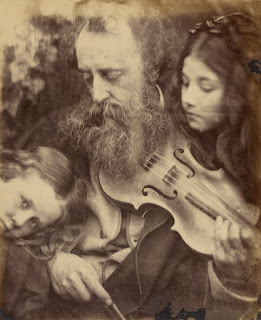1 + 1 = Art
This
week’s lesson reaffirmed something that I had known for a long time: math is
art. Vensa draws connections to
mathematical principles and how artist have been able to employ them
creatively. For instance, Vensa
discussed Brunellensci’s development of the vanishing point back in 1413. The vanishing point is the point of a picture
in which all parallel lines converge.
This particular way of viewing his painting subject allowed for him to
establish an onlooker’s perception of a piece, which can drastically effect
audience engagement and interpretation.
The technique is so widely recognized that is being taught to this day
to art students like in Frantz’s lesson on vanishing points and its close
resemblance to trigonometric formulas.
Another
way in which math was used as a form of art was through the reading,
Flatland. This novel used differing
polygons to associate people to the respective class status. The more rigid your sides were the lower
class, making the circle the perfect person.
The reading was packed with social commentary which one can only assume
was a critique of the time of the author.
The
most fascinating thing I saw from this week’s lecture was the use of geometric
fractals. This stood out to me as I have
a friend who graduated from the film school at UCLA and free-lances as a vj
(similar to dj but with videos). She
applies African fractal principles to videos she gets from the internet and
loops them to hip hop beats. These
trippy loops projected through out events when music is playing and you can
always catch someone staring at the images in a trance-like state. Check her out from the link below:


Comments
Post a Comment